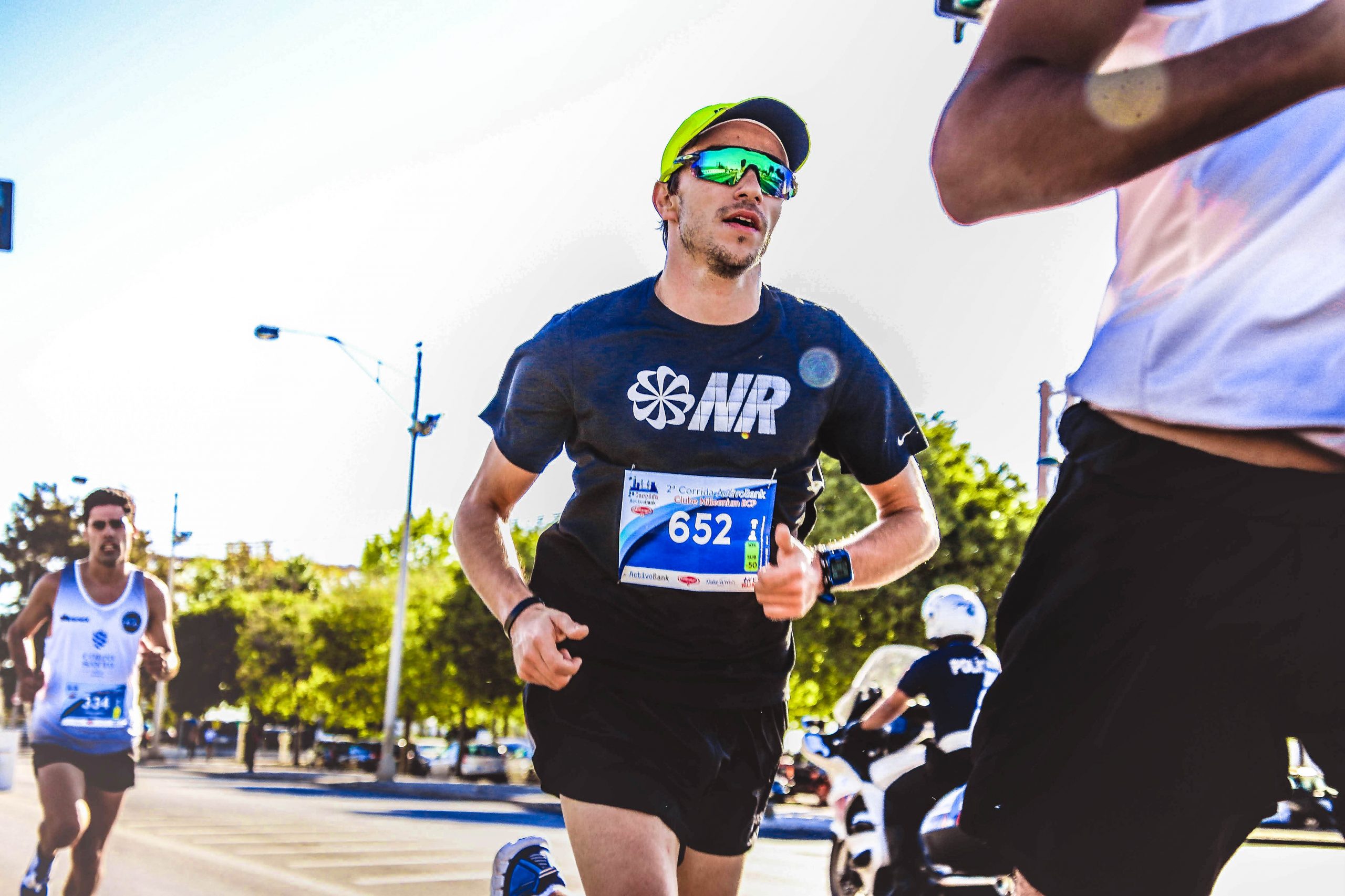Authored by Aidan Rich, APA Sports and Exercise Physiotherapist at Lifecare Ashburton Sports Medicine
Distance running does carry a risk of injury, particularly overuse injuries.
Some of the common injuries with distance running, along with some tips for prevention and treatment are listed below.
Stress fractures
Stress fractures are common in the feet (metatarsal and navicular), shin (tibia), and thigh bone (femur).
These injuries often present as a gradually worsening ‘ache’ that worsens with impact activity such as running.
Symptoms can worsen and cause limping and also a resting ache.
Diagnosis is usually made with an MRI scan (although XR may be able to provide a diagnosis in some situations).
The risk of developing a stress fracture can be reduced by a) having a gradual increase in running volume, b) keeping your ‘fast’ or ‘hard’ running to less than 15-20% of your total running volume, and c) by using appropriate recovery strategies, such as sleep.
Treatment for stress fractures depends on the specific location of the injury and can involve anything from a short period of rest from running to prolonged periods of non-weight bearing (using crutches or a boot).
ITB (Iliotibial band) pain
ITB syndrome presents as a sharp pain on the outside of the knee, typically worse with running downhills.
The pain often settles within a day after the run and can be alleviated by walking with a stiff (straight) knee.
The risk of developing ITB issues can be reduced by a) gradually increasing the distance of long runs, b) avoiding ‘over-striding’ when fatigued, c) limiting running on cambered surfaces and d) undertaking strengthening exercises for the muscles on the side of your hip (gluteus medius and gluteus minimus) particularly if they are weak.
Achilles tendinopathy
Achilles pain is an extremely common ailment in runners! It presents as localised pain at the back of the heel.
In its early stages it may be a bit sore in the morning, but then will ‘warm-up’ after a while.
When worse, Achilles pain may prevent running more severely, with fast running often more affected.
The risk of developing Achilles pain can be reduced by a) gradually increasing running volume b) keeping ‘fast’ running at less than 15-20% of your weekly total c) gradually increasing any hill training (running up hills puts more load on the Achilles), and d) by undertaking calf strength exercises.
There is some research to suggest that runners with strong calf muscles are less likely to develop Achilles tendon pain.
Treatment for Achilles tendinopathy can involve several treatments, which will depend on the individual situation and by taking into account the athletes short- and long-term goals.
It’s easier to advise an athlete to rest 2 weeks after the marathon than 4 weeks before it, when this is the time that the majority of hard training needs to be done.
Treatment can involve a) calf and other lower limb strengthening exercises b) running technique advice c) Shockwave Therapy d) empowering the athlete to understand what high and low loads are for their tendon.
If you do sustain an injury how to get back on track
The first step with any running injury is to get an accurate diagnosis.
‘Doctor Google’ may be helpful (and even accurate) in some situations, however, it does not always provide all the right answers.
A thorough history taking and examination with an experienced clinician is the best way to get a correct diagnosis.
Once you have a diagnosis it is important to understand the best way to proceed.
Which activities are safe? Can I swim, walk or ride? Which warning signs should I watch out for? What would be the estimated time for recovery? What can I do to ensure this injury doesn’t occur again?
All of these questions are important to be able to empower an athlete to understand their condition and be able to work with their treating practitioners to return to normal function again.
Treatment varies for different injuries, but often includes: a) education about the nature of the injury and which types of activity are low and higher load, b) running technique advice and modification, c) review of footwear and biomechanics, d) addressing of any imbalances (flexibility and strength) around the body, e) identification of any other stressors (sleep, work, diet) that may have contributed to an overuse injury.
About the author: Aidan Rich is an APA Sports and Exercise Physiotherapist at Lifecare Ashburton Sports Medicine. Aidan has a keen interest in all sports medicine conditions, and is a keen runner himself with a half marathon personal best of 1 hour 18 minutes.

